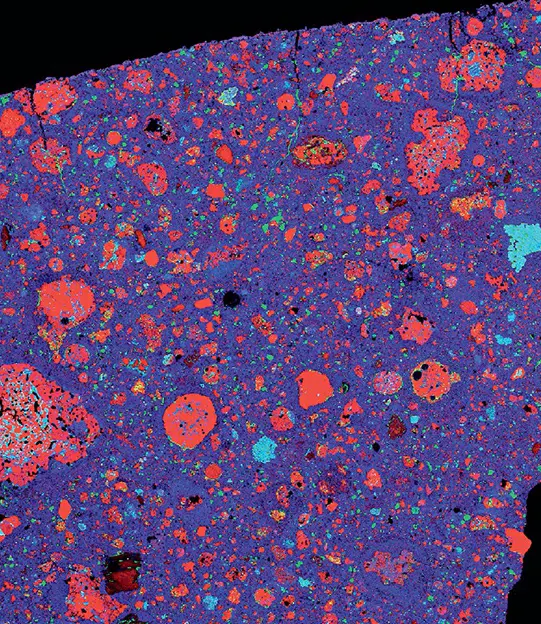The quest for extraterrestrial life is a driving force in space exploration, pushing us to unravel the mysteries beyond Earth. Central to this quest is the pursuit of evidence for life’s chemistry in the cosmos. One effective approach is to explore organic molecules, the building blocks of life, rather than just focusing on individual elements like carbon or oxygen.
Life on Earth hinges on complex organic compounds such as proteins, amino acids, RNA, and DNA. Interestingly, astronomers have detected simpler organic molecules in various cosmic environments, from dense interstellar clouds to comet tails and icy moons. These discoveries suggest that the ingredients for life are not limited to Earth.
A striking example of organic molecules from space impacting Earth is the Murchison meteorite incident of 1969. This meteorite, which crashed near Murchison, Australia, yielded over 220 pounds (100 kilograms) of material rich in amino acids and other pre-biotic molecules. This discovery was pivotal, as it indicated that essential life components could form in non-biological settings like comets or planetesimals.
The presence of amino acids in meteorites like Murchison bolsters the theory that life’s essential molecules can emerge in various celestial environments. This finding is significant for astrobiology, suggesting that while life itself may or may not be widespread in the universe, the fundamental elements of life are indeed scattered across the cosmos.

